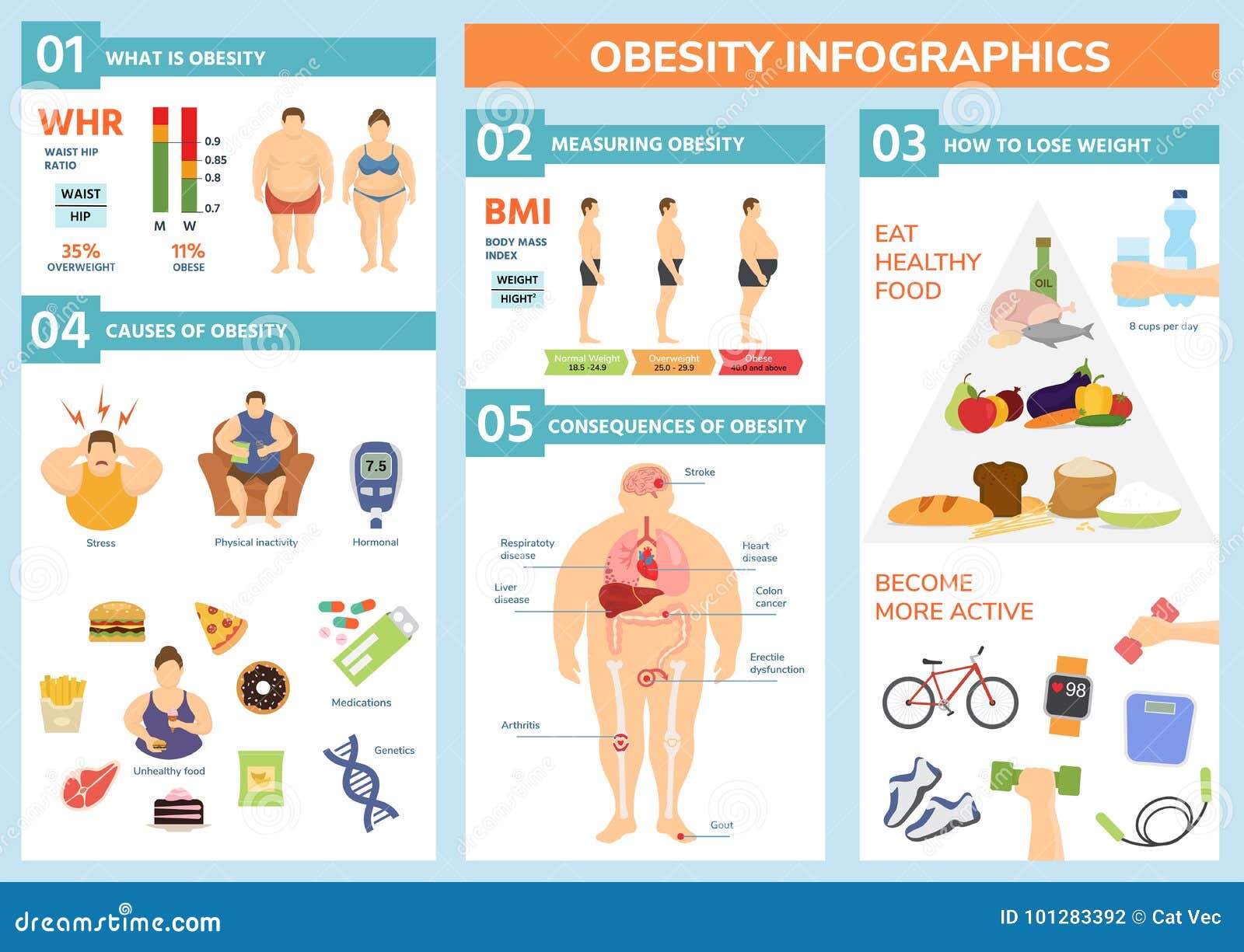A Beginners Guide To Getting Started With Weight Loss Doctors
A Beginners Guide To Getting Started With Weight Loss Doctors
Blog Article
How to Accomplish Your Weight Loss Goals
Setting weight management objectives is an important first step in establishing much healthier eating and exercise habits. Your goals must be specific, quantifiable and achievable.
Achieving your weight-loss objectives is simpler when you have a supportive network. Ideally, your support system will supply liability, which can be specifically helpful when faced with temptation or setbacks.
1. Consume a Low-Calorie Diet Regimen
In order to shed fat, you require to take in fewer calories than your body burns every day. This can be done by intending your meals and tracking your food intake with a calorie-tracking app or journal.
Consuming a diet regimen consisting of lean proteins, whole grains, vegetables and fruits is crucial. Make sure to consist of a variety of these foods in your daily dishes and treats, and stay clear of high-calorie, refined foods.
Make small adjustments to your diet plan gradually to accomplish sustainable outcomes. For example, as opposed to cutting out all sweets, attempt replacing one high-calorie treat with a lower-calorie alternative such as an ice cream sundae or item of cheesecake. This way, you can satisfy your yearnings without giving up the wellness benefits of your diet.
2. Increase Your Exercise
Along with consuming a low-calorie diet plan, increasing your physical activity is necessary for weight management. Exercise assists you burn calories, and additionally develops muscle mass that can assist you keep your weight down.
Go for one hour of moderate-intensity workout, such as quick strolling, on the majority of days of the week to support your weight reduction goals. Differ your tasks so you function different muscles, and try to consist of toughness training 2 to four times per week.
Concentrate on procedure objectives, such as "Walk 30 minutes everyday," instead of a result goal like, "Shed 10 extra pounds in a month." You can make use of applications or electronic physical fitness gadgets to track your progress. Also, try to provide on your own non-food benefits when you satisfy your goals. These can be as simple as a stroll Lose Weight 101: How-To Guide with close friends or a film day.
3. Eat A Lot More Fruits and Vegetables
A diet full of vegetables and fruits is just one of the best means to reduce weight and keep a healthy and balanced body. Not only are they reduced in calories, however they additionally have vital nutrients that your body needs to work appropriately.
Vegetables and fruits are high in fiber, which assists you really feel full after eating. You can include more fruit right into your diet plan by adding berries to your breakfast grain or sprinkling mandarin orange slices in addition to your whole-wheat salute in the early morning.
Stay clear of eating too many fruits, as they may be high in sugar. Consuming excessive fruit canister cause nutrient deficiencies, especially if you are limiting other foods from your diet. It's important to stabilize your diet regimen by consisting of all food groups to accomplish the most health and wellness advantages.
4. Keep a Food Journal
Maintaining a food journal can be useful for weight loss, as it helps you remain accountable and tracks your diet regimen. By evaluating your eating behaviors, you can make SMART goals to improve your diet regimen and reach your fat loss goals.
A food journal can consist of details like the type and amount of foods and drinks you consume, along with how you feel after each dish. This can aid you identify your eating activates, such as feelings or stress and anxiety, and discover much healthier methods to handle them. When keeping a food journal, attempt to be as precise as feasible. For example, if you had chicken with rice, note whether it was fried or barbequed and the section dimension. You should likewise include any type of treats and beverages you eaten throughout the day.
5. Drink Water
Hydration is a vital part of healthy and balanced living, yet it can additionally aid weight-loss objectives. Water is calorie-free, and consuming it can help in reducing an individual's overall caloric intake. Switching out high-calorie beverages like juice, soda and sugary teas and coffee for water can substantially decrease a person's fluid calorie consumption and support weight management over time.
The best way to ensure appropriate hydration is to drink it on a regular basis throughout the day. To do so, make water a practice by lugging a water bottle with you, setting pointers and sipping water at all times of the day. It is also advised to hydrate previously and throughout exercise because dehydration can make a workout more difficult by impeding proper body law and minimizing oxygen circulation to the muscle mass.